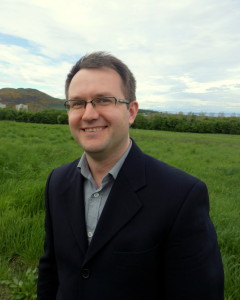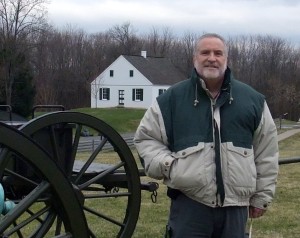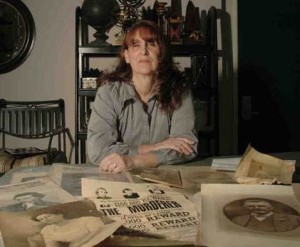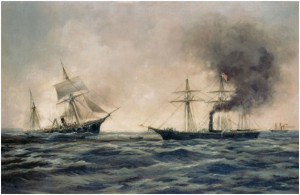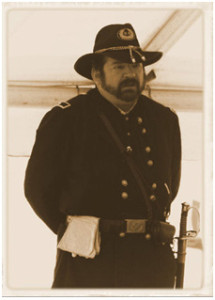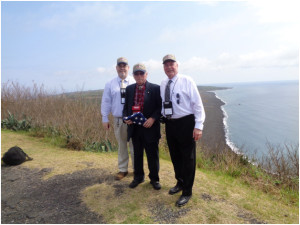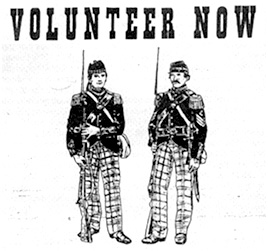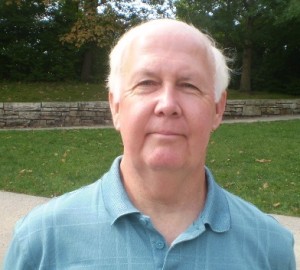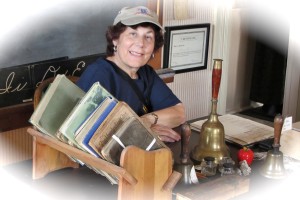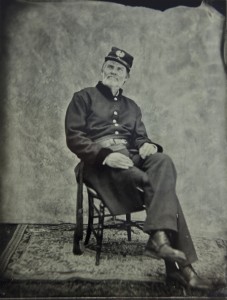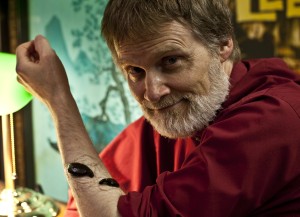Jim Heenehan on “The Court-Martial and Acquittal of Col. Ira Grover, 7th Indiana Infantry”
 On July 1, 1863, while his 7th Indiana regiment guarded supplies at Emmitsburg, MD, Col. Ira Grover heard that fierce fighting had erupted at Gettysburg. Disregarding orders, he marched his men to the sound of the guns, ultimately saving Culp’s Hill from a Confederate night attack. His reward? A court-martial two weeks later – at least according to historians.
On July 1, 1863, while his 7th Indiana regiment guarded supplies at Emmitsburg, MD, Col. Ira Grover heard that fierce fighting had erupted at Gettysburg. Disregarding orders, he marched his men to the sound of the guns, ultimately saving Culp’s Hill from a Confederate night attack. His reward? A court-martial two weeks later – at least according to historians.
Although Grover violated orders, a court-martial seemed overly harsh for the man who saved Culp’s Hill, so Jim sent to the National Archives for a transcript of the Grover court-martial. To his surprise, the court-martial had nothing to do with Grover’s July 1st Gettysburg march, but was for two unrelated incidents. Jim’s talk will explore three questions: 1) How did historians confuse Grover’s court-martial with his July 1st march to Gettysburg?; 2) Who was Col. Grover?; and 3) What was the court-martial really about?
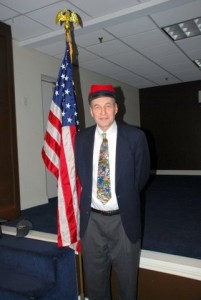 Jim Heenehan has been a member of the Old Baldy Civil War Round Table since the 1990s. He has written several Civil War articles, including one on the Col. Grover court-martial, which was published in The Gettysburg Magazine. Jim is an attorney who retired last year from the Environmental Protection Agency, after 37 years of service. His interest in the Civil War dates back to 1961, when he and his brother received the Marx Civil War playset for Christmas. And in 1991, on a sunny November day, Jim married his wife, Carolyn Guss, in the G.A.R. Hall in Gettysburg, PA.
Jim Heenehan has been a member of the Old Baldy Civil War Round Table since the 1990s. He has written several Civil War articles, including one on the Col. Grover court-martial, which was published in The Gettysburg Magazine. Jim is an attorney who retired last year from the Environmental Protection Agency, after 37 years of service. His interest in the Civil War dates back to 1961, when he and his brother received the Marx Civil War playset for Christmas. And in 1991, on a sunny November day, Jim married his wife, Carolyn Guss, in the G.A.R. Hall in Gettysburg, PA.

